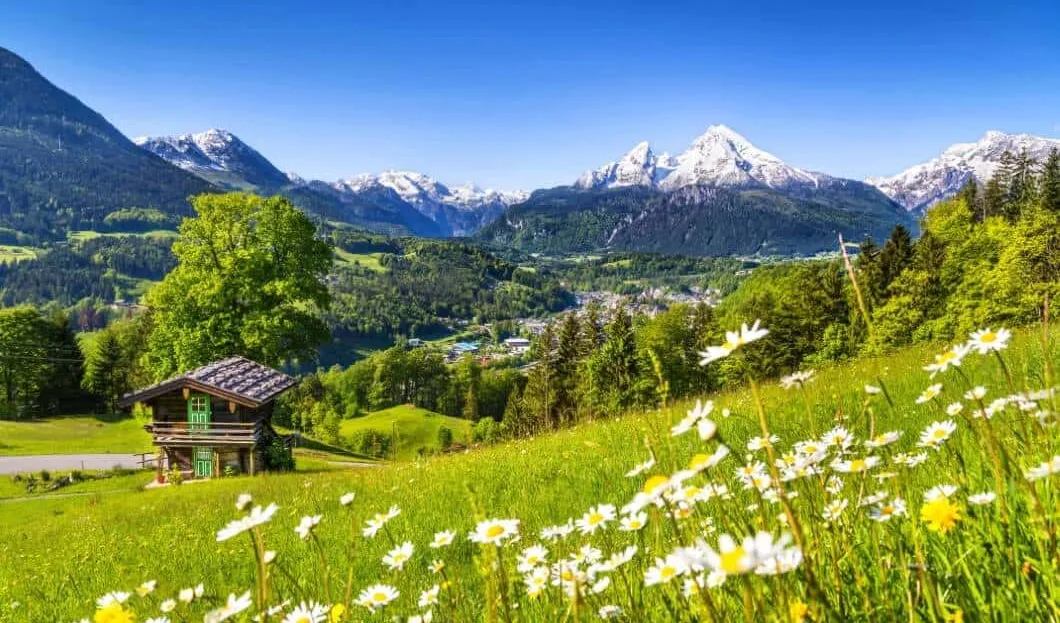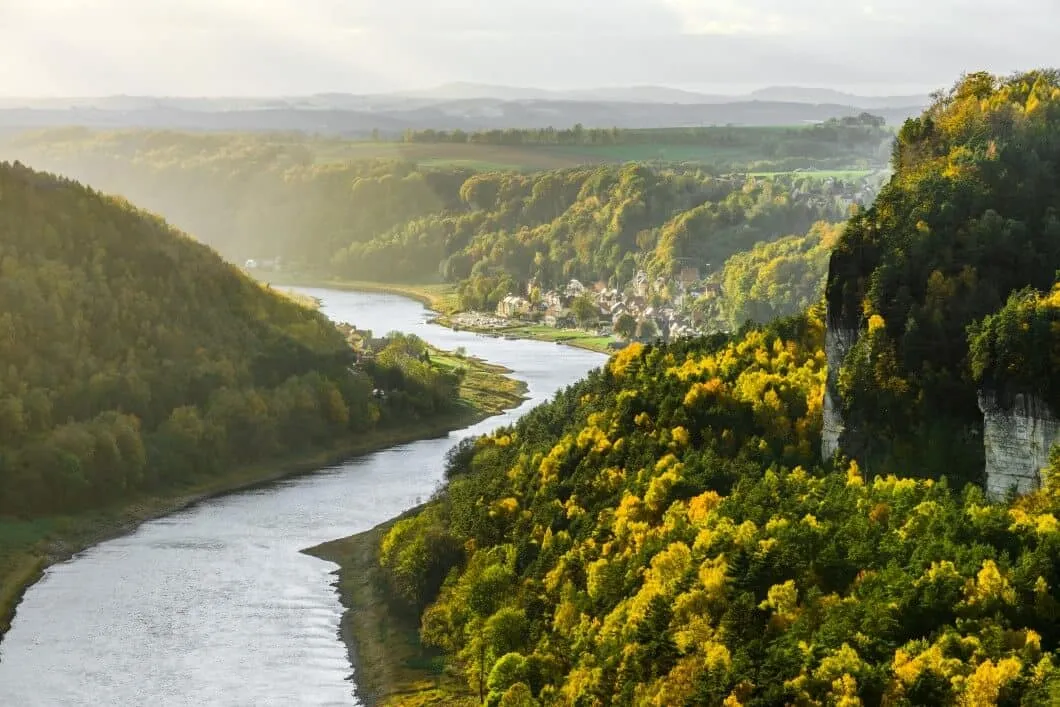
National parks allow animals and plants to exist in their natural state. Hunting-free zones are designated, and fallen trees are left lying around. This practice, which began in the Bavarian Forest in 1970, is now protected by the Federal Nature Conservation Act. There are currently 16 national parks in Germany, with the potential for more in the future. However, not all parties agree with this approach.
Germany has a total area of 1.05 million hectares designated as national parks, most of which are located in the sea. Land-based national parks cover an area of 208,238 hectares, approximately 0.6% of the total area of Germany. However, most national parks are still considered "development national parks" as they partially meet large-scale, undisturbed natural development criteria. The Federal Agency for Nature Conservation (BfN) suggests that other areas, such as beach forest ecosystems and former military training grounds, would be suitable for national parks.
It is recommended that national parks have a minimum size of 10,000 hectares. Smaller protected areas are more vulnerable to external factors such as pollutants, according to a spokesperson from BfN. To maintain "natural dynamics," 75 percent of national park areas must remain undisturbed as possible.
Strengths and weaknesses
The National Natural Landscapes Association in Germany has announced that by the end of next year, an evaluation of all national parks will be conducted. This evaluation's main objective is to identify these parks' strengths and weaknesses and their underlying causes. The Hainich National Park Administration in Thuringia highlights that it is crucial to address deficits to maintain national parks' credibility. In general terms, National parks without quality are just a fraudulent label.
Over a decade ago, during the first evaluation round, experts identified several strengths, such as the general improvement in the perception of national parks among the press, residents, and visitors and the recognition of these protected areas as an essential regional attraction - especially by municipalities and tourism. However, the evaluation also revealed certain weaknesses, including a lack of studies on the economic effects of these parks in the regions. In addition, there were inadequate transportation connections, such as public buses, outside the primary season.

Successes and problems
National park administrations provide plenty of examples of how their parks enable nature conservation, recreation, and research. For instance, in the Bavarian Forest, there are approximately 1.3 million visitors annually, and there is a guided tour program with over 3000 events. Additionally, streams supply large parts of eastern Bavaria with clear drinking water without exceeding nitrate pollution limit values.
Hainich National Park boasts the largest unused deciduous forest area in Germany and more than 2000 beetle species. These species include new records for Thuringia and Germany, as well as rediscoveries of species thought extinct. The park is also home to bird species such as whinchats, grey buntings, and red-backed shrikes.
The future of the rare yellow-bellied toad is uncertain as they live in a former military training area's southern area. The area is classified as "open-land habitats," which naturally become a forest. To tackle this dilemma, grazing is planned in the area.
In the Black Forest National Park, red deer populations have remained constant since the park's inception despite a designated 3000-hectare hunting-free wildlife rest zone. The capercaillie, a symbolic animal of the region, has seen population decline over the years. However, this spring, there were six more courting roosters than the previous year, according to observers.
Criticism and Wishes
The forestry industry is the main critic of national parks. Andreas Bitter, President of the Association of German Forest Owners' Associations, believes that national parks are not helpful for climate protection and wood supply. He argues that avoiding timber harvest does not substitute climate-damaging materials like concrete, aluminum, gas, and oil.
Moreover, national parks often have biodiversity similar to that of nearby forests. Bark beetles are also a growing concern, as they spread from affected forests to healthy ones in the neighborhood. Experts from the Lower Saxony Chamber of Agriculture also highlight the importance of closely monitoring insect damage, especially in the Harz Mountains. They also discuss the findings with all regional stakeholders.
Georg Schirmbeck, the President of the German Forestry Council, emphasizes the need for targeted forest conversion in light of climate change's rapid progress. He argues that the restriction on using naturally renewable raw material wood at a regional level negatively impacts jobs for forestry companies, the wood-processing industry, and crafts beyond the region.










